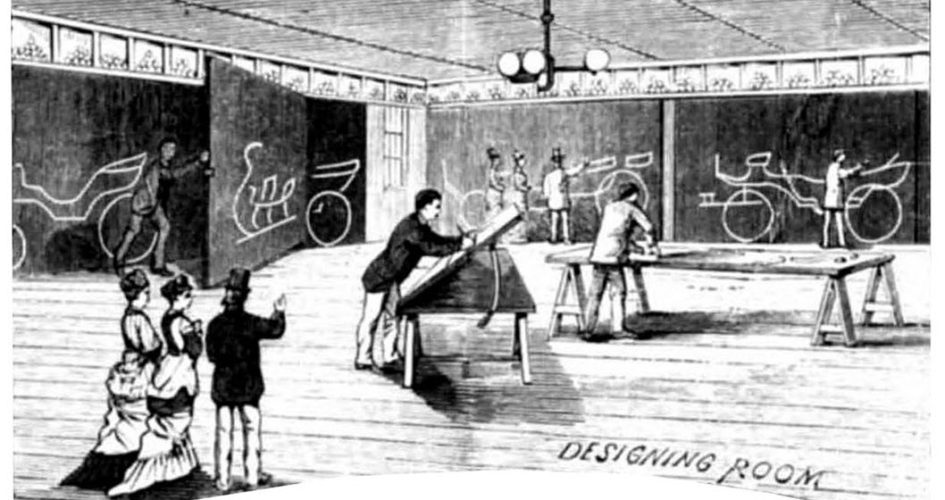No one believes because they dissected a frog in High School they are qualified to perform surgery on their pets or heaven forbid another human (well some do but yuck!) Yet when it comes to incentive and recognition program design it seems that a lot of people believe that simply because they have been in a sales incentive program in their past, or have a lot of points in their hotel loyalty program, they know how to design an effective incentive and recognition program.
That thinking couldn’t be further from the truth.
The truth is, most people will design a program exactly like the program in which they themselves performed best, regardless of the business goal, the brand image, the audience type, the market conditions or the reward value. A highly competitive VP Sales who has won many sales contests will often run a competition-based “incentive” that rewards only the top 10% of the sales organization. His/Her thinking is that “It was good enough for me and I won – it will be good enough for them.” BTW… The word “incentive” is in quotes because any program designed to reward the top 10% of their sales force isn’t an incentive. It is probably the best “dis-incentive” there is.
Take a minute and think through the logic of that structure… if you have 100 sales people and reward the top 10% you are effectively announcing a 90-loser program. If only 10 can win – 90 must lose. Your sales people aren’t idiots. They understand exactly what’s going to happen. The people with the big accounts will “win” the award – and a few lucky sales people will win because they fell into an account that pushes them into the top 10% for a single year – only to fall back the next year to be one of the 90 losers. Wait – some will say… what if you base it on growth or on percentage not raw dollar sales? Not really. If you base it on total dollar sales – only the big sellers will win. If you base it on percentage growth – you’re pushing the winners toward your lower volume producers. It is almost always easier to have big percentage growth if you have a small, ahem, sales objective. It’s such a bad structure but it is used in so many programs.
Would YOU sign up for a program where you have a 9 in 10 chance of losing?
Not to mention that you have very little control on whether you do win. You could exceed your previous sales by 200% but if someone else gets lucky and falls into a big account – no matter how hard you’ve worked – you lose!
That is poor program design.
What is good program design?
Good program design is a process informed by data and experience that results in a structure and a program experience that meets your brand requirements, targets appropriate company goals, engages the people who are most likely to have impact on those goals, and is responsible with your budget dollars.
Good program design is ultimately a function of understanding how humans think, behave and react to economic and psychological influences.
Good program design is what I do every day. It is not intuitive. It’s not something you learn in an afternoon (or even in a series of blog posts like this one.) It is both art and science.
Over the next few weeks I’ll be posting parts of a series on what constitutes a good program design. It won’t focus on the tactical nuts and bolts of a program structure since that varies so widely based on market and need – but it will address the big buckets that frankly get ignored too often.
The series will include discussions around the elements of good program design:
- Representing your brand.
- Aligning the program with company mission/values/goals
- Determining the right audience
- Focusing on your business goals
- Addressing the Performance Equation
I hope you stick with the series. When I finish the series I’ll package it up as a downloadable PDF for those that may need to fill up a hard drive or want to print it out to level that table in the kitchen. Heck, I might even throw in a “straw man” program design to give you a starting point for your own design. (Read between the lines – I will be doing that!)
I hope you enjoy the series.






2 Pingbacks